Tags: Exoplanets

Super Earth Mystery: Where Are They From? New Rocky Planet Formation Theory Sheds Light on Their Origins

Exoplanets Orbiting Distant Star Shown in Stunning 12-year Timelapse Video
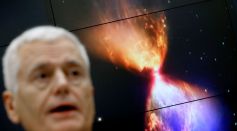
NASA Reveals Multi-Billion JWST Successor That Will Search For Life on Earth-Like Exoplanets By 2040s
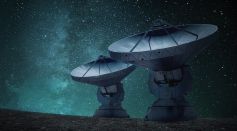
Extraterrestrial Life Forms Might Be Waiting for the Right Time to Contact Earth, New Study Suggests

Astronomers Found Two Possible Water Worlds Orbiting a Red Dwarf Star 218 Light-Years Away

Red Sky Paradox: Scientists Present New Theory on the Rarity of Earth's Life

Scientists Will Find Life Beyond Solar System, Exoplanets in 25 Years, Astrophysicist Claims
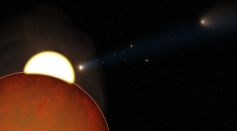
First-Ever Exoplanet Discovered 30 Years Ago Around a Rotating Star Is an Extraordinarily Rare Pulsar
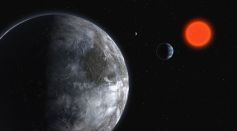
MIT Astronomers Discover 2 New Exoplanets Orbiting a Star; Can These Super-Earths Host Life?

Astronomers Analyze Archival Data of 25 Hot Jupiters From Hubble Space Telescope to Understand Exoplanet Atmosphere

Planet Neptune: Will the ‘Ice Giant’ Be NASA’s Next Mission?
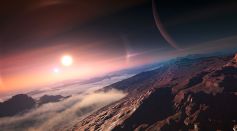
Three Exoplanets Larger Than Jupiter Confirmed as Stars

Australian Astronomers Spend 7 Hours Listening, Searching for Chances of Life in the Milky Way

'Mini-Neptune' Exoplanets With Puffy Atmospheres are Transforming Into Super-Earths; How Is This Possible?

James Webb Space Telescope Mission: Find 'Super Earth' Exoplanets, Hot Rocky Planets That May Host Life
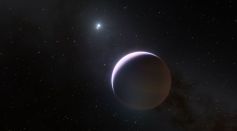
Planet Search Is Not Easy! Astronomers Tell Us How They Discovered Almost 5,000 New Exoplanets

Zodiacal Light Spotted in 3 Potentially Habitable Exoplanets Classified as Super-Earths
Ideal Iron Conditions Needed for Life to Strive on Earth and Other Planets
Debris Disk Around Main-Sequence Star Can Help Scientists Find New Exoplanets When Asteroids Collide
ExoMiner Deep Neural Network Finds 301 New Exoplanets Added to the Total Count of NASA's Kepler Mission
Most Popular

Starlink Satellite Explodes in Orbit; SpaceX Confirms It'll Re-Enter Earth

Aurora Phenomenon: How Geomagnetic Storms and Space Weather Are Lighting Up the World

What Causes Monsoons? How Seasonal Winds Shifts and Climate Patterns Drive Rainfall

How Wildfires Start, Spread, and Ignite: Understanding the Causes and Fire Behavior Clearly





